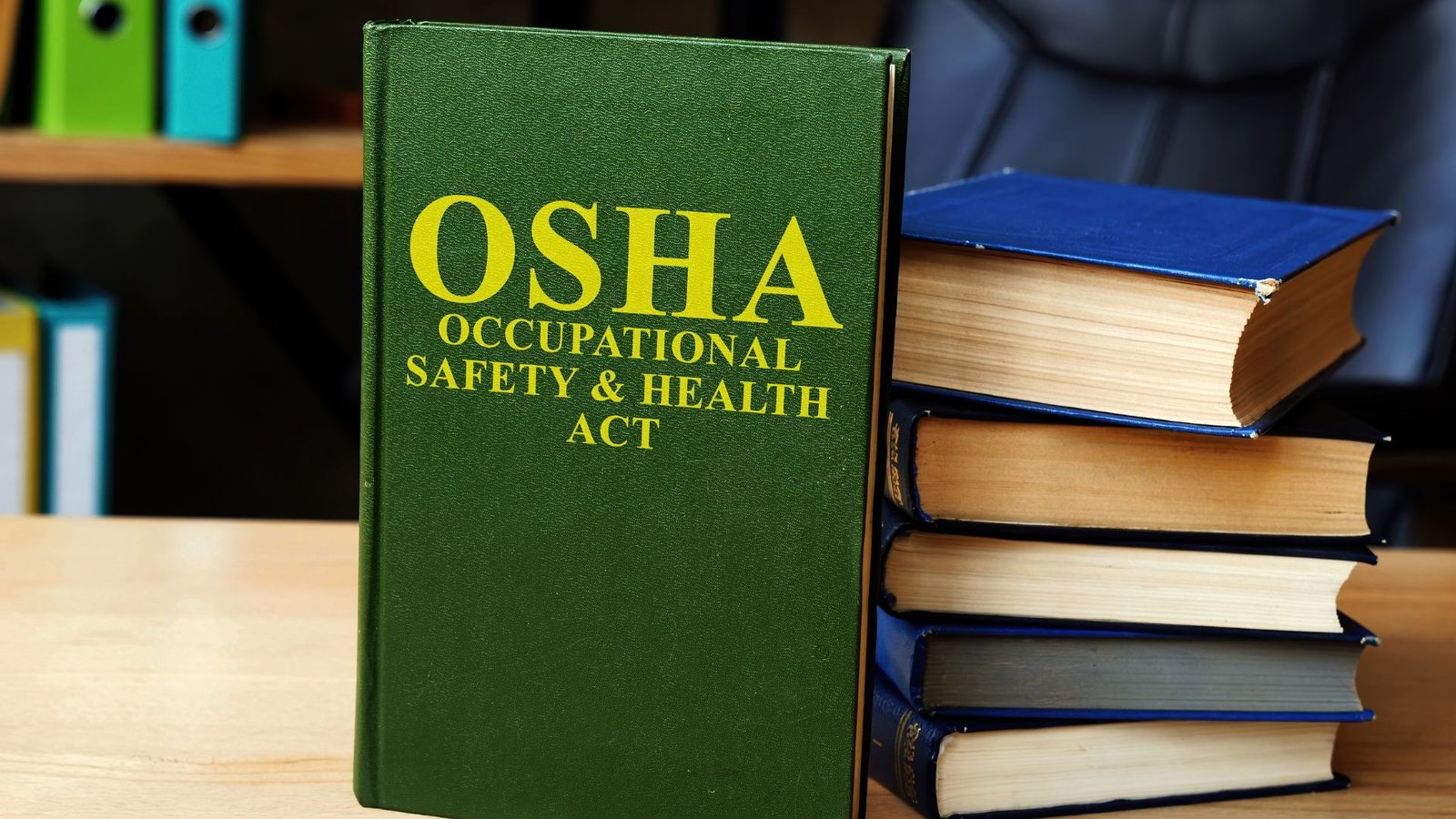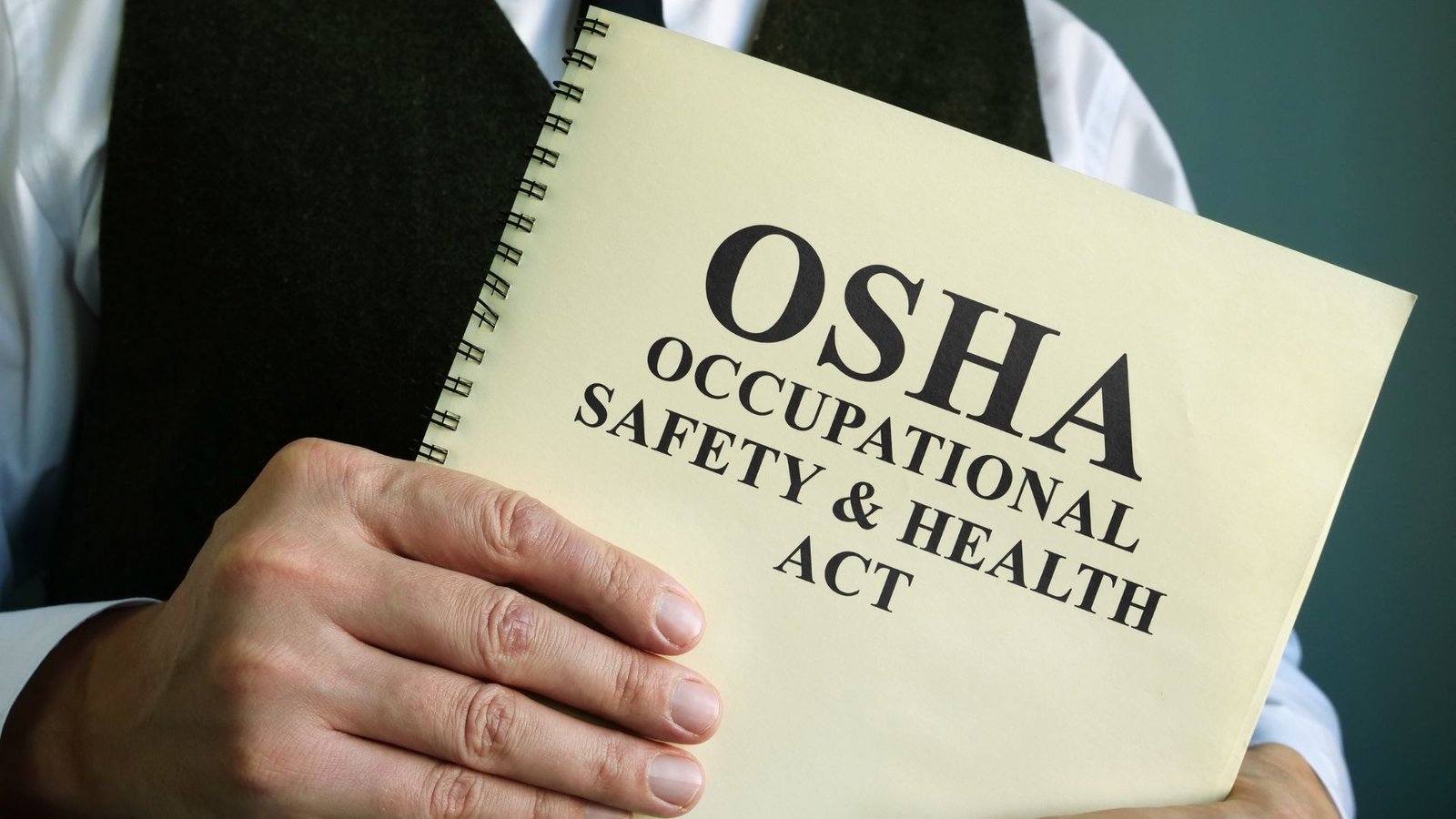On this page you will read detailed information about Occupational Safety and Health Act 1970.
As a professional in your field, it is imperative that you have a comprehensive understanding of the Occupational Safety and Health Act and how it impacts your operations. This foundational law outlines the responsibilities you have as an employer to provide a workplace free from recognized hazards to keep your employees safe and healthy. In this article, we will provide an in-depth look at the key components of OSHA that you need to be aware of. You will learn the origins of the act, the scope of OSHA standards, enforcement policies, penalties for violations, and best practices for compliance. Having a working knowledge of OSHA requirements is vital for any business leader to avoid citations and ensure you are protecting your greatest assets – your people. Equipped with this guidance, you will be able to confidently evaluate your current safety programs and make adjustments to align with your duties under the act.
An Overview of the Occupational Safety and Health Act

The Occupational Safety and Health Act (OSH Act) was passed in 1970 to ensure safe and healthful working conditions for workers. It requires employers to provide a workplace free from serious hazards and follow all occupational safety and health standards.
Coverage
The OSH Act covers most private sector employers and their employees, as well as some public sector employers and employees in states that have OSHA-approved occupational safety and health plans. It does not cover self-employed individuals, farms with 10 or fewer employees, or government employees.
Responsibilities
Employers must comply with all applicable OSHA standards and provide a workplace free from serious hazards. They need to keep records of work-related injuries and illnesses, and report any incident that results in a fatality or the hospitalization of three or more employees.
Employees must comply with all occupational safety and health standards that apply to their own actions and conduct. They should report any workplace hazards to their employer.
OSHA enforces the OSH Act and investigates whistleblower complaints, workplace complaints, referrals, and severe injuries and illnesses. OSHA also provides compliance assistance and consultation services to help employers identify and fix hazards.
Key Provisions
The OSH Act contains provisions for standards, inspections, citations, and penalties. OSHA sets mandatory occupational safety and health standards for various hazards such as chemicals, noise, and asbestos exposure. OSHA conducts workplace inspections, and can issue citations and propose penalties if violations are found. Employers have the opportunity to contest any penalties.
The OSH Act is intended to “assure safe and healthful working conditions for working men and women; by authorizing enforcement of the standards developed under the Act; by assisting and encouraging the States in their efforts to assure safe and healthful working conditions; by providing for research, information, education, and training in the field of occupational safety and health.” By following the provisions of the OSH Act, the rates of workplace injuries, illnesses, and fatalities have declined over the years.
In the previous post, we had shared information about Understanding the Fair Labor Standards Act 1938, so read that post also
Key Provisions of the Occupational Safety and Health Act
Coverage of Employers and Employees
The OSH Act covers most private sector employers and their employees, as well as federal, state, and local government workers. The Act does not apply to self-employed individuals, farms that employ 10 or fewer workers, or workplaces already regulated by other federal agencies such as the Federal Aviation Administration or the Federal Railroad Administration.
General Duty Clause
Section 5(a)(1) of the OSH Act, known as the General Duty Clause, requires employers to provide employees with a safe workplace that is free of recognized hazards that can cause death or serious physical harm. Even if there is no OSHA standard directly applicable, the General Duty Clause can be cited if the agency demonstrates that the employer failed to keep the workplace free of hazards that were recognized by the employer’s industry.
Posting Requirements
The OSH Act requires that employers prominently display the official OSHA Job Safety and Health – It’s the Law poster in the workplace. The poster describes employee rights and employer responsibilities under the OSH Act. Employers must also post citations for workplace safety and health violations in a visible area accessible to all workers.
Recordkeeping and Reporting
Employers with more than 10 employees must maintain records of work-related injuries and illnesses. They must record each case that requires medical treatment beyond first aid or results in loss of consciousness or restriction of work. Certain industries with higher than average injury and illness rates must electronically submit summary reports of injuries and illnesses to OSHA. Fatalities and hospitalizations must be reported to OSHA within 8 hours.
Enforcement
OSHA enforces the OSH Act through workplace inspections and investigations. Violations can result in citations and proposed penalties. Employers have the right to contest citations, and OSHA provides opportunities for informal settlement agreements and formal hearings. Willful or repeat violations that cause employee death can carry criminal penalties for employers and managers.
In summary, the key provisions of the OSH Act aim to guarantee workers the right to a safe workplace and require employers to comply with occupational health and safety standards. Following these regulations helps ensure the well-being of employees and reduces costs from accidents and work-related health issues.
Responsibilities of Employers Under the Act
As part of the Occupational Safety and Health Act of 1970, employers have certain responsibilities to provide their employees with a safe and healthy work environment.
Maintaining Workplace Safety Standards
Employers must follow the safety standards established by the Occupational Safety and Health Administration (OSHA) and ensure that workplaces are free from hazards that could cause death or serious injury. This includes providing protective equipment like safety glasses, hard hats, and proper ventilation for hazardous materials.
Providing Employee Training
Employers are required to properly train employees on how to do their jobs safely. This includes informing them of any hazardous chemicals or equipment they work with and how to handle them appropriately. Refresher trainings may also need to be conducted periodically. Proper training helps minimize the risk of workplace accidents and injuries.
Recording and Reporting
Employers must record and report any workplace fatalities, injuries, or illnesses. This helps OSHA identify hazardous trends across industries and implement improved safety standards. Records of workplace accidents must be maintained by the employer for five years. Certain severe injuries like loss of limb or hospitalization must be reported to OSHA within eight hours.
Allowing OSHA Inspections
OSHA conducts unannounced workplace inspections to check for violations of health and safety standards. Employers are required to allow OSHA inspectors access to the workplace. Failure to do so can result in legal penalties and fines. During an inspection, employers should make available any records of workplace accidents, injuries or illnesses as requested.
By understanding and fulfilling their responsibilities under the Occupational Safety and Health Act, employers help ensure that employees can have confidence in having a safe environment to work in. Consistently following OSHA’s standards and guidelines for workplace health and safety is key to compliance with the Act.
Rights of Employees Under the Occupational Safety and Health Act
As an employee, you have certain rights under the Occupational Safety and Health Act (OSH Act) regarding health and safety in the workplace.
The right to a safe workplace. Your employer is required to provide a workplace free from hazards that could cause death or serious physical harm. This includes proper precautions against electrocution, exposure to toxic chemicals, physical injuries, and other dangers.
The right to information and training. You have the right to receive information and instructions on any hazardous chemicals or materials you work with, as well as proper precautions for handling them. Your employer must provide regular safety training for employees on equipment, hazardous materials, and proper safety procedures.
The right to report hazards. If you observe any workplace hazards or dangers, you have the right to report them to your employer without fear of retaliation. Your employer is required to investigate any reports of hazards and correct any violations of OSHA standards.
The right to access medical and exposure records. You have the right to view records of any occupational injuries or illnesses you have incurred, as well as records of hazardous chemical exposures. Your employer must maintain these records and make them available to employees upon request.
The right to refuse dangerous work. You have the right to refuse work that you reasonably believe could cause death or serious physical harm, as long as you have asked your employer to correct the hazard and it remains uncorrected. You cannot be fired or discriminated against for refusing dangerous work.
The right to OSHA inspections. You have the right to request an OSHA safety and health inspection of your workplace if you believe there are unsafe or unhealthful conditions. You have the right to speak privately to the OSHA inspector and report any concerns you have about hazards. Your employer cannot retaliate against you for cooperating with an OSHA inspection.
OSHA enforces these rights to help ensure safe and healthful working conditions for all employees. Be aware of your rights and do not hesitate to report any workplace hazards or dangerous conditions to your employer or to OSHA. Your safety is extremely important.
Frequently Asked Questions About the Occupational Safety and Health Act
The Occupational Safety and Health Act (OSHA) aims to ensure safe and healthy working conditions for employees in the U.S. It sets and enforces standards for workplace safety and health. OSHA also provides training, outreach, education and assistance to employers and workers.
OSHA covers most private sector employers and their employees, either federal, state or local government workers. It applies to employers and businesses in all 50 states, the District of Columbia, and other U.S. jurisdictions. Some public sector employers may be exempt from OSHA regulation in states that operate their own occupational safety and health regulatory programs approved by OSHA.
Employees have the right to work in a safe environment without recognized hazards. They have the right to receive information and training about workplace hazards, methods to prevent harm, and the OSHA standards that apply to their workplace. Employees can report work-related injuries and illnesses, and request an OSHA inspection of their workplace if they believe there are unsafe or unhealthy conditions. They also have the right to participate in an OSHA inspection and speak in private to the inspector.
OSHA ensures compliance with its regulations through workplace inspections and investigations. Inspectors visit worksites to check for any violations of safety and health standards. If violations are found, OSHA may issue citations and propose monetary penalties. OSHA also has compliance assistance programs to help employers voluntarily comply with regulations.
Employers subject to OSHA have a legal obligation to comply with all applicable OSHA standards. Failure to comply can result in penalties, fines, and even imprisonment. It pays for both employers and employees to understand their rights and responsibilities under the Occupational Safety and Health Act.
Conclusion
As we have explored, the Occupational Safety and Health Act was a landmark piece of legislation that fundamentally changed the landscape of workplace safety in the United States. By empowering workers and holding employers accountable, the Act has saved countless lives and prevented innumerable injuries and illnesses over the past five decades. While challenges remain in ensuring safe, healthful workplaces for all, the progress made demonstrates the value and impact of this vital law. With continued effort and vigilance from lawmakers, regulators, employers and workers, the promise of the Occupational Safety and Health Act – that every working man and woman in the nation can enjoy safe and healthy working conditions – can become a reality. Through understanding the Act’s history, provisions and ongoing importance, you now have an appreciation for this influential driver of workplace safety, its current status and role going forward.
Disclaimer
The information and services on this website are not intended to and shall not be used as legal advice. You should consult a Legal Professional for any legal or solicited advice. While we have good faith and our own independent research to every information listed on the website and do our best to ensure that the data provided is accurate. However, we do not guarantee the information provided is accurate and make no representation or warranty of any kind, express or implied, regarding the accuracy, adequacy, validity, reliability, availability, or completeness of any information on the Site. UNDER NO CIRCUMSTANCES SHALL WE HAVE ANY LIABILITY TO YOU FOR ANY LOSS OR DAMAGE OF ANY KIND INCURRED AS A RESULT OR RELIANCE ON ANY INFORMATION PROVIDED ON THE SITE. YOUR USE OF THE SITE AND YOUR RELIANCE ON ANY INFORMATION ON THE SITE IS SOLELY AT YOUR OWN RISK. Comments on this website are the sole responsibility of their writers so the accuracy, completeness, veracity, honesty, factuality and politeness of comments are not guaranteed.
So friends, today we talked about Occupational Safety and Health Act 1970, hope you liked our post.
If you liked the information about Occupational Safety and Health Act 1970, then definitely share this article with your friends.








